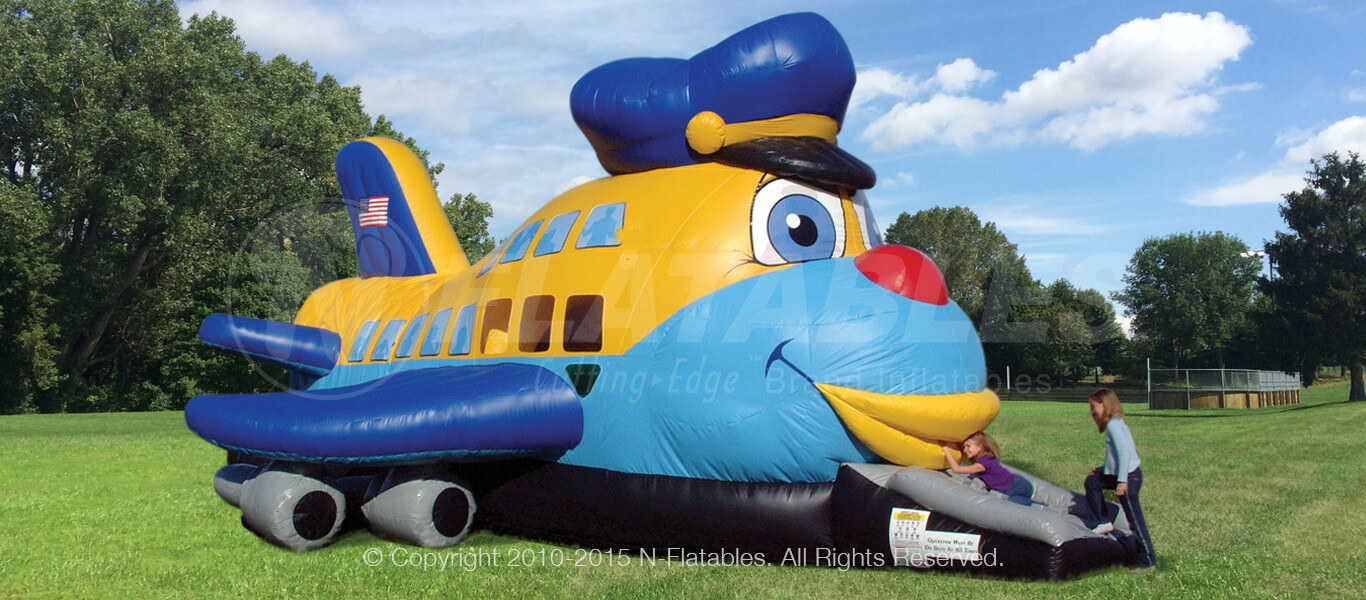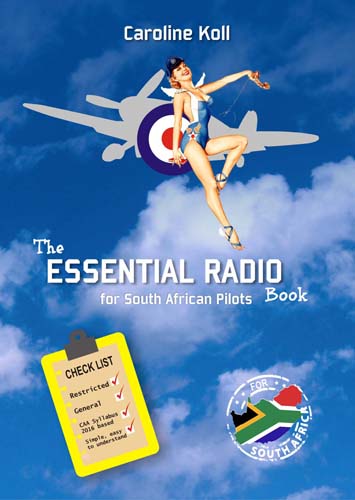
If there was a prize for bounced landings when learning to fly, I would have probably won that one. I mean seriously, how can any instructor expect you to watch all the gauges, and keep your eyes outside, flick a whole bunch of switches, make radio calls and avoid doing the dreaded bounce with all your colleagues watching down below? A good instructor will teach you how to avoid the dreaded bounce, which is almost an inevitable part of learning to land an aeroplane, but more importantly, what to do when it happens.
The first thing that may cause your aeroplane to bounce is landing hard. Comparable to a ball, the harder you throw it down onto the ground, the higher it will rebound. A hard landing can be the result of pilot induced actions (read poor approach management), or less controllable factors such as weather. They usually occur when the vertical speed (rate of descent), is too high for the aircraft to stop flying, so it impacts the ground vertically, rather than meeting the runway at a speed where the aircraft stops flying, and the wheels produce drag by running along the runway surface. Much like a ball, our aircraft tyres are made of rudder, and coupled with the weight, and vertical force of the aircraft, a bounce is possible with a hard landing.
Next, is landing too fast. This is often the result of poor energy management, or ‘diving’ down for the runway from a high approach. Instead of allowing the airspeed to bleed off, and the aeroplane to stop flying, the pilot may try to force the aeroplane down. In doing so, the nose is usually pushed down, decreasing the angle of attack, and further increasing the speed. This flatter approach, with a higher speed, will also cause a bounce.
The bounce itself, although not kind on the aircraft, and mostly embarrassing, is not where the danger lies, but rather in what the pilot does to recover from this disagreeable moment. As you bounce, the aircraft will want to fly up again, with the nose pointing up – you want to reduce the angle of attack, by releasing back pressure on the controls, but DO NOT push the nose down (which is likely to end up in another bounce!). The aircraft will start to sink back towards the runway. In order to slow this sink rate down, apply a little power, and this should get you down for a second attempt. Most importantly, the deciding factor in order to try a second attempt off the same approach is to make sure that you still have enough runway to complete the landing. If not, you will want to do a go around.
If the bounce is really high, that is, something worthy of an NBA basketball team inclusion, then immediately convert it into a go around, as once you are out of ground effect you could enter a stall. This is often the safest and least embarrassing option, as any pilot worth his stripes will congratulate you on great decision making. Trying to force an aeroplane down, that is not stable to start off with, can result in not only a loss of pride, but a dangerous loss of control, a bent prop or an even more unsatisfactory accident.



